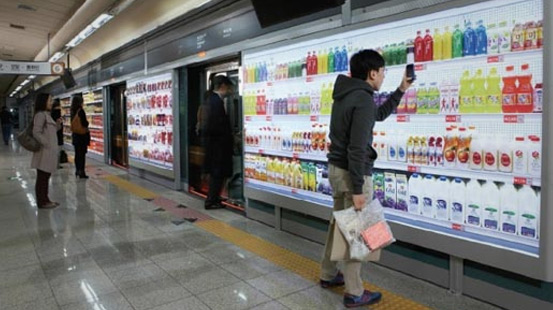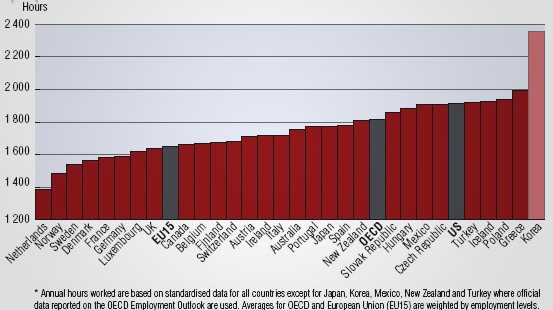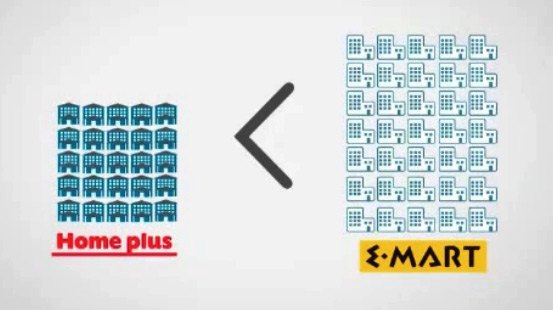As we proceed… Second post and fourth out of the 5 ‘2011 best ad campaigns’, today introducing Home plus Subway Virtual Store by Tesco.
– Of course, be sure you checked previous and #5 campaign over here –
This is a very special one. Because we all know how people feels about commercial in public transportation. France, for example, had various collectives to fight against what they consider being an invasion of billboard in subways and buses. Criticizing both contents and medium, sexism, slight racism in everyday ads and posters. Also they profoundly disagree with visual invasive content that, in Paris subway case, only brought 8% of its year income.
Back to Tesco, and to South Korea. And South-Koreans. Korean population works a lot, (#1 country worldwide in time dedicated at work), spends a lot of time at the office, so can’t enjoy the sun as much as we’re supposed to do here in cities like Barcelona. That’s one reason more not to loose this precious time inside a grocery store or supermarket on Saturdays or Sundays free-time. This is for the local background.
Now the company’s issue : Home Plus is #2 in sales in South Korea, its biggest competitor being e-Mart, with a huge advantage on the store count for the second one. It logically wants to get to be the first, if not on stores count, on national sales.
And it’s when the magic happen. Why not waste the most boring part of your day shopping?
That’s right, you’re thinking what I’m thinking : They got rid of all the billboards advertising you groceries, by the actual products you’re supposed to buy lately, on your precious free time. Well not the products, it’s better than that : you get to purchase inside the subway, waiting for your train, using your smart phone. Then they deliver all the goods you bought directly at home. Brilliant.
For two reasons:
1- the campaign perfectly matches the needs of the brand, not being able to increase its sales using regular stores.
2- the campaign admirably adapts to its very busy target by not only cleverly bringing products to the attention of the public, but also providing new ways to purchase them in order to get the customers more free time.
I looked at it closely, and there’s not a lot to say against it. It’s clever, efficient and creative. What’s make to me an “ok” campaign a really great one, is that it explores more implication that the ones it’s supposed to deal with.




